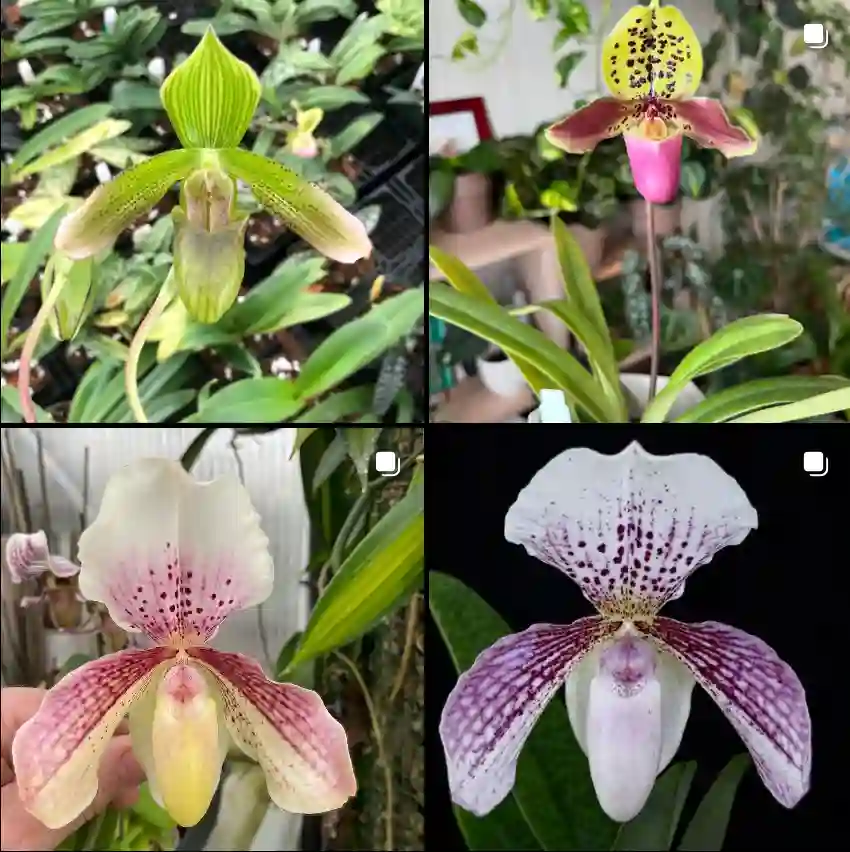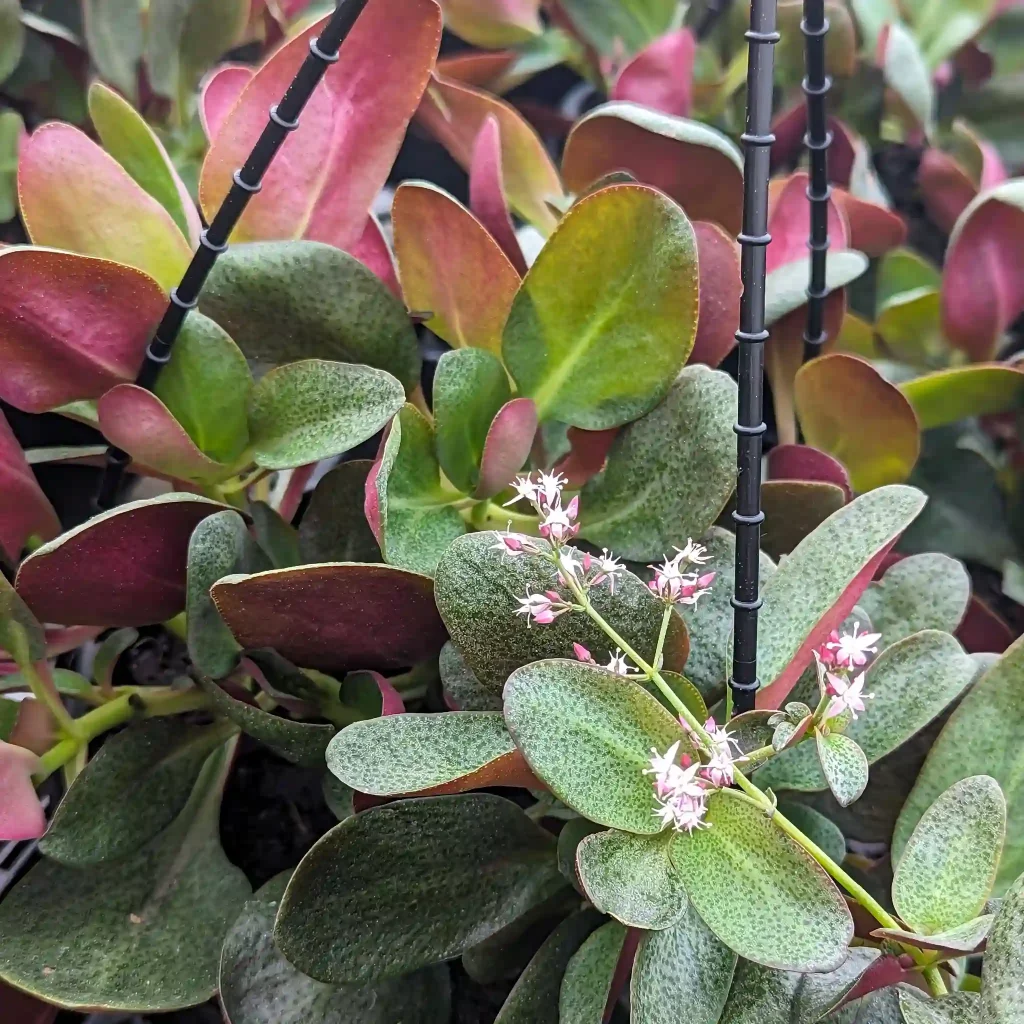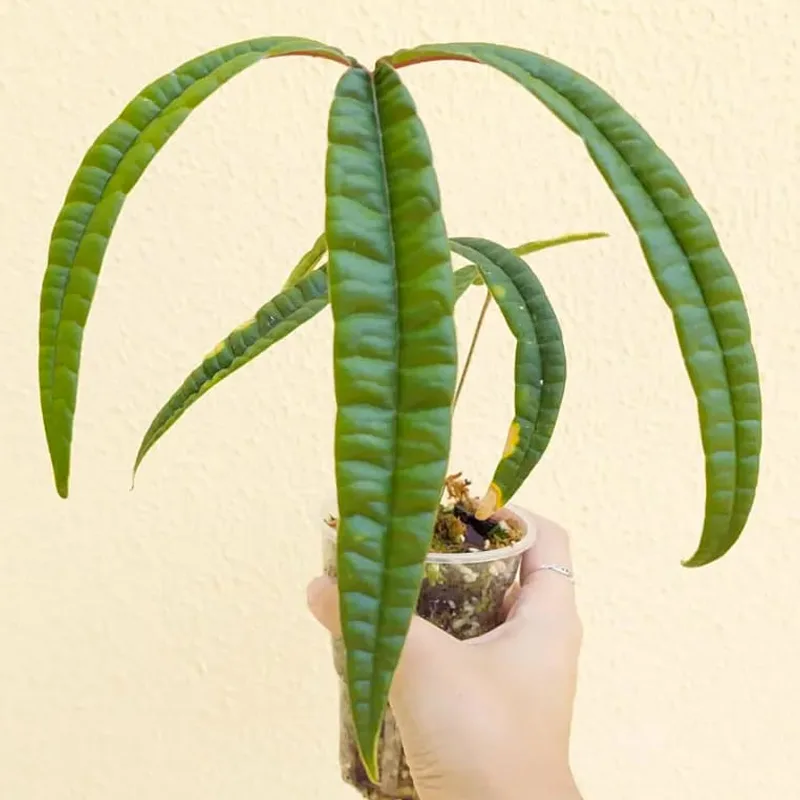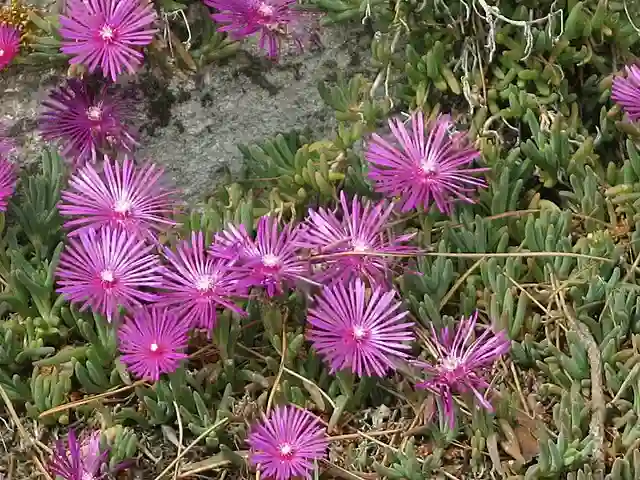FAQs About Medinilla Sedifolia: Everything You Need to Know
As a plant enthusiast, I’ve spent quite a bit of time with Medinilla Sedifolia, and it’s one of those plants that often leaves people with a lot of questions. If you’re thinking about adding this stunning species to your collection or if you’re already caring for one, you might have some common queries. Here’s a comprehensive guide to Medinilla Sedifolia based on my own experiences.
368 Species in Genus Medinilla
What Is Medinilla Sedifolia?
Medinilla Sedifolia is a tropical plant native to the Philippines. It’s known for its striking appearance, featuring large, glossy, dark green leaves and clusters of pink, bell-shaped flowers. The plant is also commonly referred to as the “Philippine Medinilla” or “Sedum Medinilla.” It’s part of the Melastomataceae family, which is recognized for its diverse range of colorful and unique plants.
How to Care for Medinilla Sedifolia?
Caring for Medinilla Sedifolia involves meeting its specific needs to keep it healthy and thriving. Here are some tips based on my experience:
- Light Requirements: Medinilla Sedifolia thrives in bright, indirect light. It can tolerate some direct sunlight, but too much can scorch its leaves. I’ve found that placing it near a window with filtered light works best.
- Temperature and Humidity: This plant prefers warm, humid conditions. The ideal temperature range is between 65°F to 80°F (18°C to 27°C). Keeping the humidity high is crucial for its growth. I use a humidity tray or a room humidifier to maintain the necessary moisture levels.
- Watering: Medinilla Sedifolia likes its soil to be kept moist but not waterlogged. I water it thoroughly when the top inch of soil feels dry. It’s important not to let it sit in standing water, as this can lead to root rot.
- Soil: A well-draining potting mix is essential. I use a blend of potting soil, perlite, and orchid bark to ensure proper drainage. This mix helps prevent water from accumulating at the roots.
- Fertilizing: I fertilize Medinilla Sedifolia every 6-8 weeks during the growing season with a balanced, water-soluble fertilizer. During the dormant period in winter, I reduce feeding to once a month.
How to Propagate Medinilla Sedifolia?
Propagating Medinilla Sedifolia can be a bit challenging but rewarding. Here’s what I’ve learned:
- Cuttings: The most common method is to use stem cuttings. I take cuttings from the tips of healthy stems, making sure each cutting has at least two leaves and a node. After treating the cut end with rooting hormone, I place the cuttings in a well-draining propagation mix and keep them in a humid environment.
- Transplanting: Once the cuttings develop roots, I transplant them into individual pots. It’s important to acclimate them slowly to their new environment to prevent shock.
What to Plant With Medinilla Sedifolia?
Medinilla Sedifolia pairs well with other tropical plants that have similar care requirements. I’ve had success planting it alongside:
- Philodendron Varieties: Their lush foliage complements the Medinilla’s appearance and they share similar humidity and light needs.
- Pothos: This versatile plant adds a cascading element that contrasts nicely with the upright growth of Medinilla Sedifolia.
- Calathea: The colorful, patterned leaves of Calathea can create a visually appealing combination with the Medinilla.
Benefits of Medinilla Sedifolia
Beyond its aesthetic appeal, Medinilla Sedifolia is known for its air-purifying qualities. It can help improve indoor air quality by removing toxins and adding moisture to the air, making it a beneficial addition to any home or office environment.
Toxicity and Common Problems
Fortunately, Medinilla Sedifolia is non-toxic to pets and humans, so it’s a safe choice for households with animals or small children. However, it’s not entirely free from problems:
- Pests: Like many tropical plants, it can be susceptible to pests such as spider mites and aphids. Regular inspections and a gentle insecticidal soap treatment can help manage these issues.
- Leaf Drop: If the plant experiences sudden changes in temperature or humidity, it may drop leaves. Ensuring a stable environment can prevent this problem.
Comparing Medinilla Sedifolia to Similar Plants
Medinilla Sedifolia is often confused with Medinilla Magnifica due to their similar appearance. While both have striking flowers and glossy leaves, Medinilla Magnifica typically has larger blooms and requires a slightly different care regimen. It’s essential to know which variety you have to provide the appropriate care.
Conclusion
Medinilla Sedifolia is a beautiful and unique plant that can add a touch of the tropics to your space. With proper care, including the right light, humidity, and watering routine, it can thrive and bring a vibrant pop of color to your home. By understanding its needs and potential issues, you can ensure this plant remains a stunning and healthy part of your collection.
If i die, water my plants!



